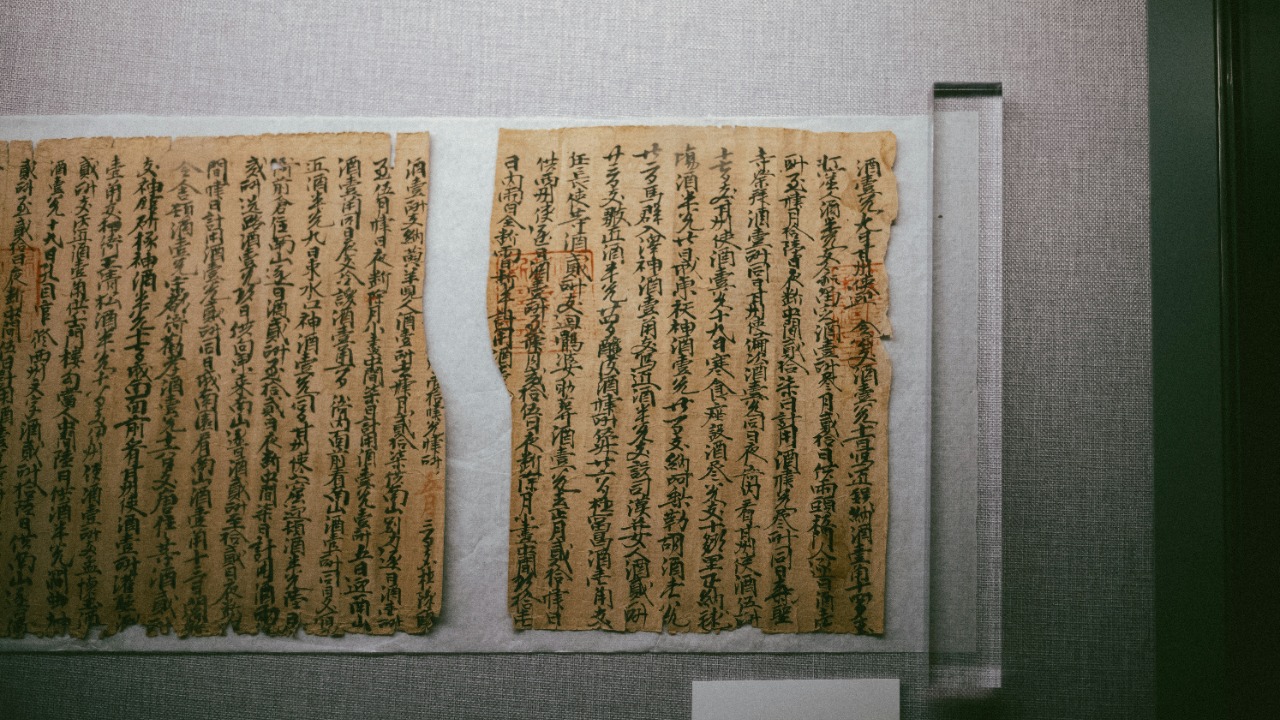
Recent advancements in artificial intelligence have shed new light on the age of the Dead Sea Scrolls, suggesting they may be older than previously believed. This revelation, coupled with the discovery of an ancient inscription proclaiming “Jesus is God,” could significantly impact our understanding of early Christian and Jewish beliefs.
The Discovery of the Dead Sea Scrolls
The Dead Sea Scrolls were discovered in 1947 by Bedouin shepherds in caves near Qumran. This remarkable find yielded over 900 manuscripts written in Hebrew, Aramaic, and Greek. The scrolls include fragments of every Old Testament book, with the exception of Esther, and non-biblical texts such as the Community Rule. Initial carbon dating conducted in the mid-20th century suggested that most of the scrolls were created between 250 BCE and 68 CE.
AI’s Role in Re-Dating the Scrolls
Artificial intelligence has now been employed to re-evaluate the age of the scrolls. This innovative approach involved training algorithms on thousands of ancient handwriting samples to identify script styles and their evolution. The AI was then applied to the Dead Sea Scrolls fragments, comparing letter forms and ligatures against dated comparative texts. The results of this AI-assisted analysis were published in early June 2025.
New Age Estimates from the Analysis
The AI findings suggest that many of the scrolls may date back to as early as 300 BCE, significantly older than the previous estimates. This revised dating has profound implications for our understanding of early Judaism and the historical context of the Qumran community.
Implications for Biblical Scholarship
The older dating of the scrolls could refine timelines for the composition and transmission of Old Testament books. Moreover, as the scrolls predate the New Testament and share apocalyptic themes, they offer valuable insights into early Christianity. This breakthrough in understanding the Hebrew Bible’s textual stability was reported in early June 2025.
Skepticism and Expert Debate
Despite these exciting developments, not all experts are convinced. Some archaeologists have expressed concerns that AI palaeography lacks the precision of radiocarbon dating for undated fragments. Others have argued for more interdisciplinary verification, as noted in an analysis published in June 2025. However, proponents of AI argue that it can handle vast datasets beyond human capability, making it a valuable tool in archaeological research.
The “Jesus is God” Inscription
In 2024, archaeologists discovered the earliest known inscription explicitly stating “Jesus is God” in a Judean tomb. This find has been hailed as the “greatest discovery since the Dead Sea Scrolls” for its potential to shed light on early Christian theology. The discovery was reported in November 2024.
Connections to Modern Biblical Interpretation
The older dating of the Dead Sea Scrolls and the “Jesus is God” inscription together suggest earlier divergences in Jewish and Christian doctrines. These findings could influence debates over the Bible’s historical accuracy and inform ongoing research in textual criticism. As we continue to apply AI and other advanced technologies to ancient texts, we can expect further revelations that will deepen our understanding of religious history.
More from MorningOverview